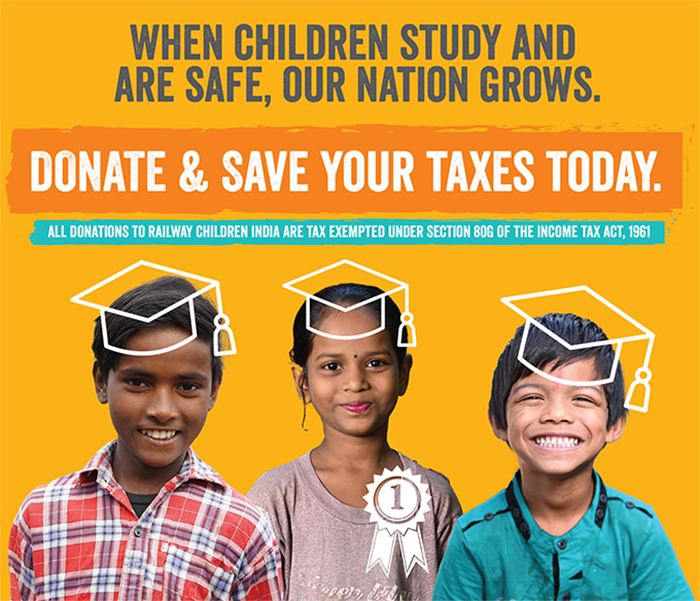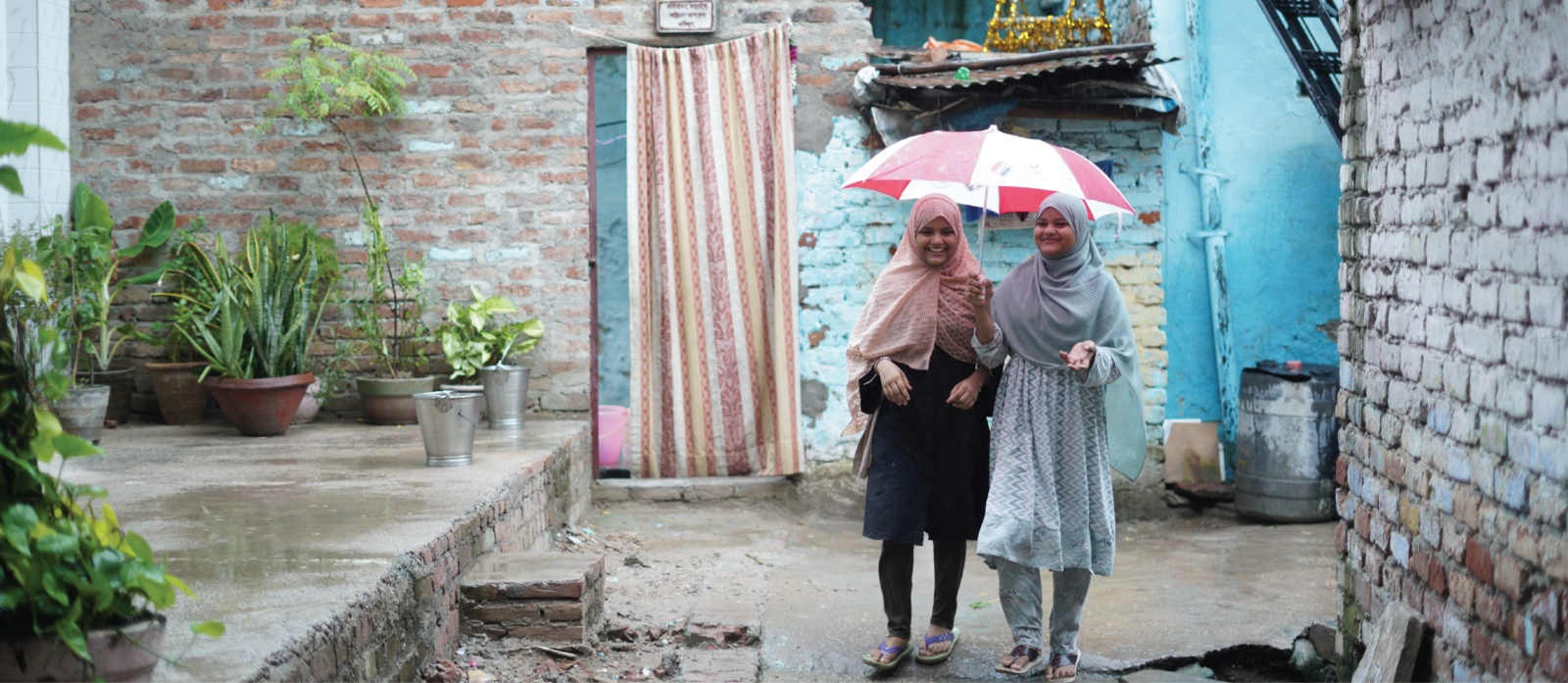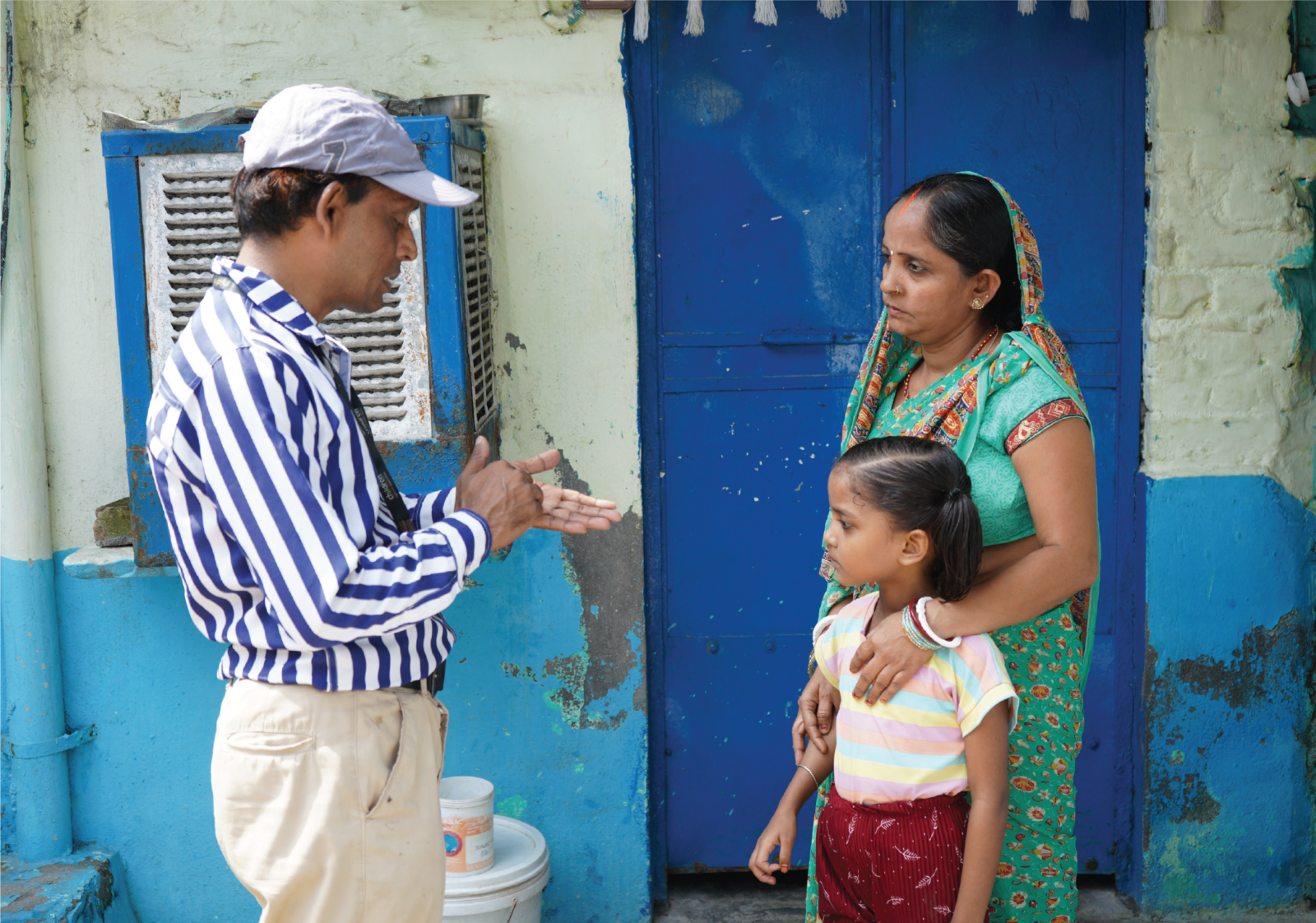As the world marks another World Environment Day, the climate crisis continues to deepen—and so does its impact on the most vulnerable among us: children. From choking air pollution in cities to catastrophic floods in rural regions, environmental degradation isn’t just an ecological issue—it’s a direct threat to children’s rights.
Whether it’s the right to health, shelter, education, or safety, every child’s fundamental entitlements are increasingly at risk due to climate change. And while no one is immune to the planet’s growing environmental challenges, children—especially those from marginalized communities—bear an unequal burden. Environmental justice is, unequivocally, a child rights issue.
The Disproportionate Impact on Children
Children are not “small adults.” Their developing bodies and immune systems make them more susceptible to environmental hazards than any other age group. For example:
- Air pollution affects children more severely, causing asthma, respiratory infections, and long-term lung damage.
- Extreme heat disrupts school attendance, causes dehydration, and worsens underlying health issues.
- Floods and droughts displace families, destroy homes, and disrupt education—often permanently.
In low-income communities, where access to healthcare, clean water, and safe housing is already precarious, these impacts are amplified. Children in these regions often have no buffer against the effects of climate-induced disasters.
Climate Change and Marginalization: A Double Jeopardy
Children from marginalized backgrounds, including those from indigenous communities, urban slums, refugee camps, or economically disadvantaged families, face a double threat. Not only do they live in areas more prone to environmental degradation, but they also lack access to essential services that might mitigate the damage.
Take, for instance, rural children in drought-prone regions who are forced to walk longer distances for water, compromising their education and safety. Or urban children living near industrial zones who breathe toxic air every day. Their lives are shaped by systemic inequities that are only being intensified by the climate crisis.
These realities reveal a glaring truth: environmental injustice is a form of social injustice, and its youngest victims are too often invisible in global climate conversations.
A Violation of Child Rights
The United Nations Convention on the Rights of the Child guarantees every child the right to health, education, protection, and a standard of living adequate for their development. Climate change and environmental degradation violate all of these rights:
- Health: Polluted air, contaminated water, and disease outbreaks jeopardize a child’s well-being.
- Shelter: Disasters displace millions, forcing children into unsafe, temporary accommodations.
- Education: Climate events disrupt schooling, sometimes permanently, especially for girls.
- Safety: In the aftermath of disasters, risks of exploitation and abuse increase.
Yet, despite these clear violations, climate and environmental policies rarely focus on children’s needs.
Children Deserve a Voice in Climate Policy
Young people have emerged as powerful voices in the climate movement—from Greta Thunberg to youth activists across the Global South. But children cannot be expected to carry this burden alone. Governments, NGOs, educators, and civil society must ensure that climate policies are designed with children in mind.
This includes:
- Creating climate-resilient schools and healthcare systems.
- Prioritizing clean air and safe water in child-heavy areas.
- Developing disaster preparedness plans that address children’s specific vulnerabilities.
- Ensuring that displaced children have continued access to education and protection.
Moreover, children must be seen not just as victims, but as agents of change. Their voices must be heard in climate discussions and policymaking spaces—especially those who come from communities most affected by environmental injustice.
A Call to Action on World Environment Day
This World Environment Day, let’s go beyond tree-planting and awareness hashtags. Let’s demand policies that recognize and act on the link between environmental justice and child rights.
We must:
- Push for climate adaptation funding to include child-centered interventions.
- Hold polluters accountable for creating environments where children can’t thrive.
- Support grassroots and youth-led climate initiatives, especially in vulnerable regions.
Because when we protect the planet, we protect children. And when we center children in our climate response, we create a fairer, healthier, and more resilient world for everyone.







